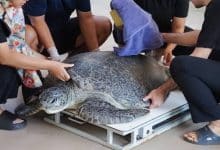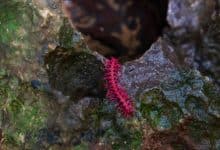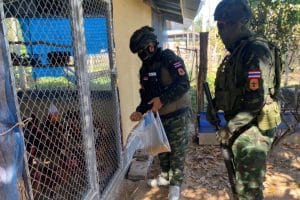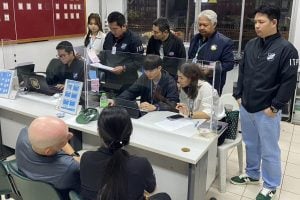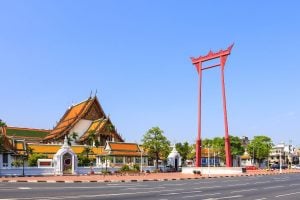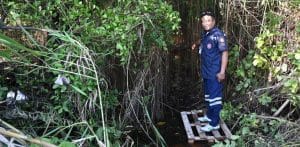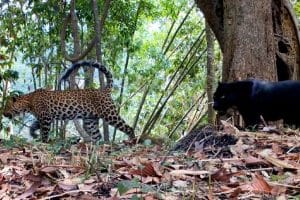Similan and Surin islands go off-grid: The strategy to restore Thailand’s marine paradise
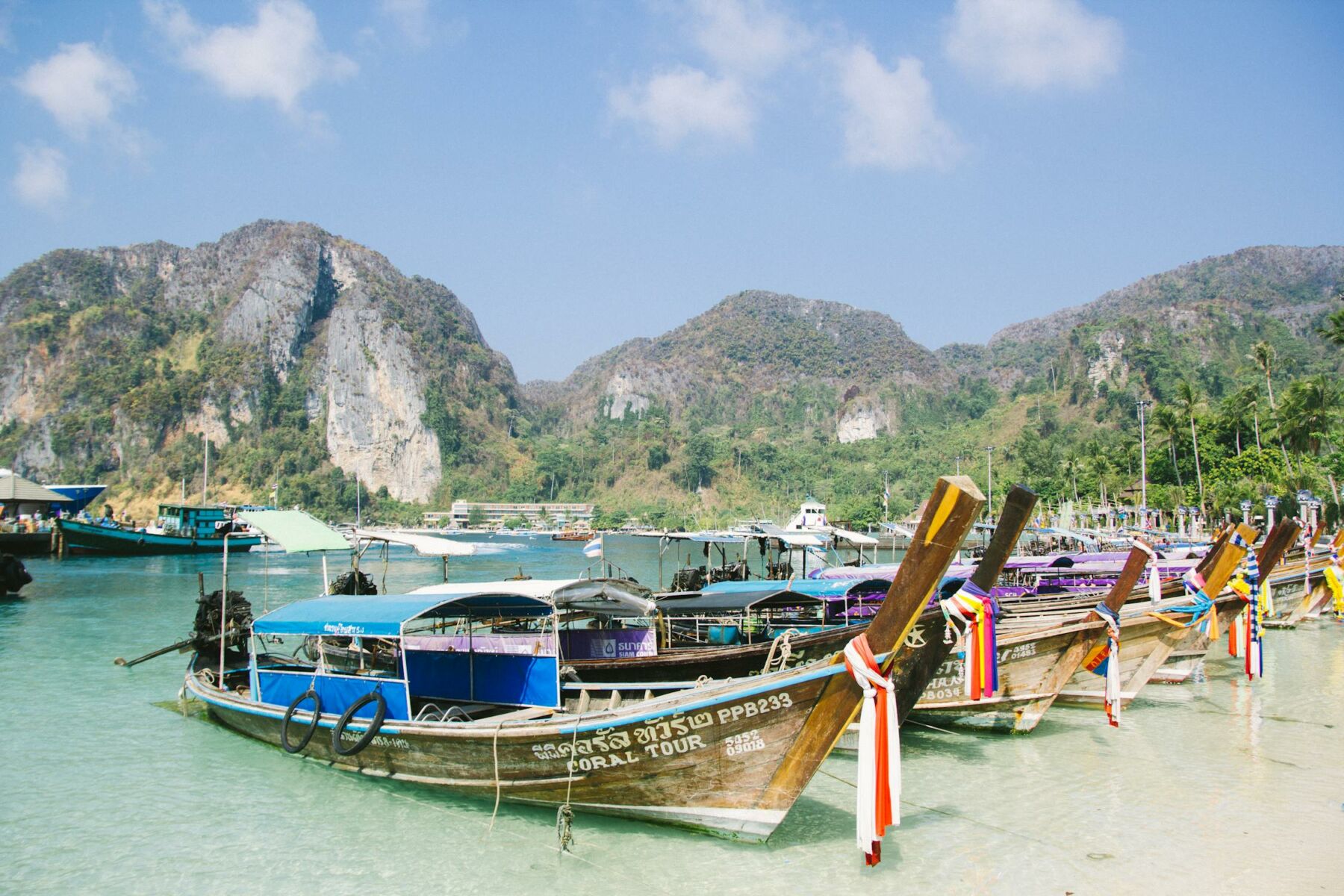
Each year, at the start of the monsoon season, officials press pause on tourism at the Similan and Surin Islands. From May 16 to October 15, the national parks are officially closed to all visitors.
This isn’t a random decision but an ongoing annual measure to maintain the balance of the marine ecosystem, reduce the impact of tourism, and allow nature to recover. But why is this not just an institutional tactic, but a broader strategy that is crucial for the country from both natural and cultural perspectives?

The Cultural Power of Thai Nature
The reason why the protection of natural treasures goes deep into the culture of Thailand is the perception of the country among both locals and foreigners.
Of course, countries usually hold some stereotypes about each other, but Thai nature is a distinctive symbol, and everyone knows about it. I mean, look at pop culture and how it depicts Thai elements in different contexts; nature is at the centre. This is very evident on gaming platforms, which often include Southeast Asian graphics and themes. Digital casinos are champions in this field, and they know how to express Thai vibes with just a few graphics.
One of the most famous platforms, Ignition Casino, has an entire game inspired by Thai nature, and they called it Thai Blossom. This is not by accident, as the colourful and dynamic game could express these positive vibes by communicating the game graphics of nature with the Thai blossom.
This example shows how Thai nature’s imagery – the vibrant flowers, exotic fauna, and lush greenery – can spark creativity far beyond Thailand’s borders and even go into the gaming landscape. Now, these online casino platforms do have a pattern of including themed games about different countries, but each of them has descriptive elements. For Thailand, it’s nature, trees, and the famous blossoms.
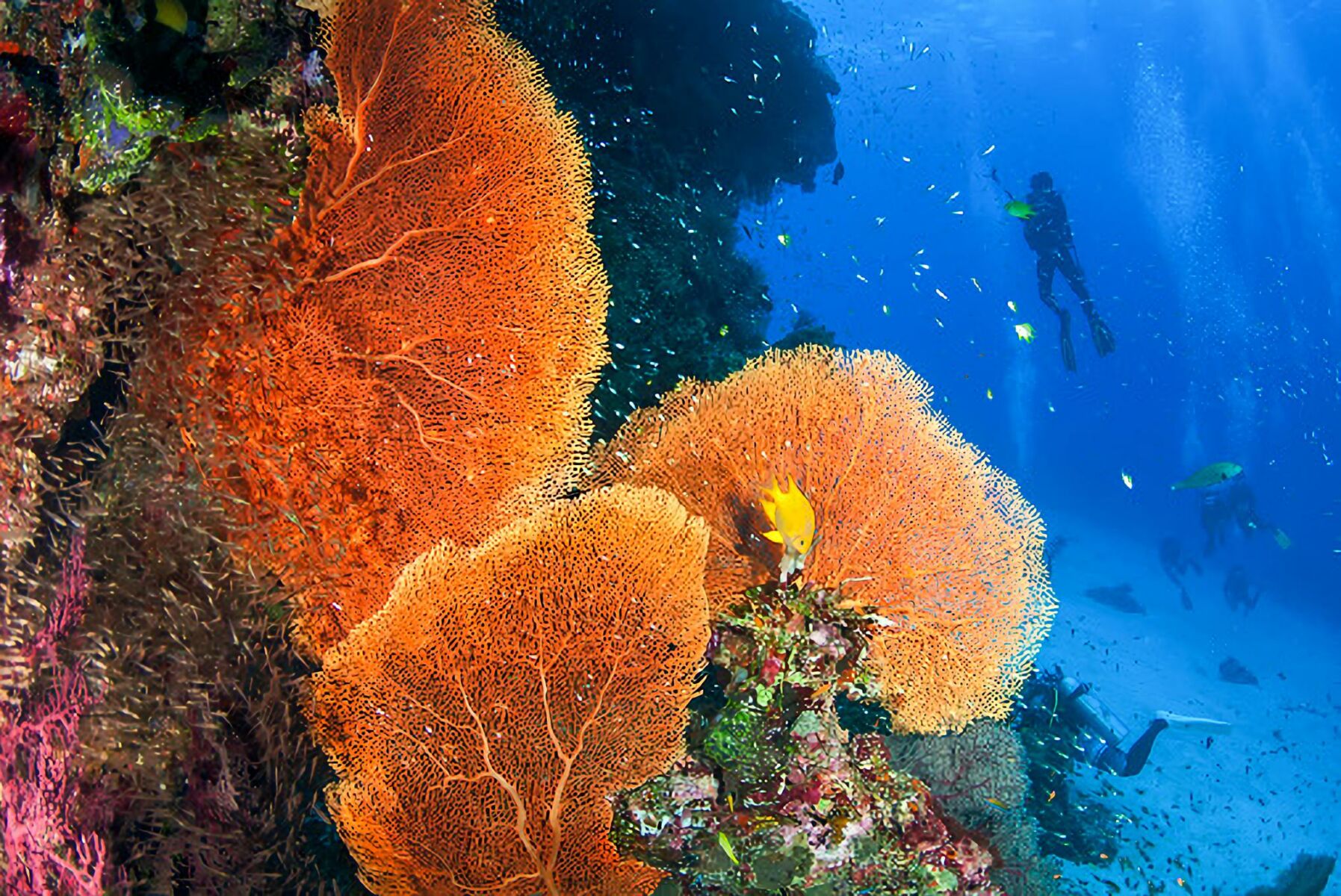
The Ecological Treasures of the Similan and Surin Islands
The Similan and Surin archipelagos, off Thailand’s Andaman Sea coast, are often described as marine paradises, and for good reason. They contain the most ecologically diverse coral reefs in Thailand, supporting an enormous variety of life. Scientists have recorded more than 700 species of fish, 160 species of hard corals, and countless other creatures in these waters.
It’s common to encounter gentle giants like manta rays or even the occasional whale shark gliding past vibrant coral gardens. Sea turtles, including hawksbill and green turtles, rely on these islands’ protected beaches for nesting. On the shore and in the forests, the biodiversity continues: over 90 bird species and several rare crab and bat species call the islands home.
Such environmental abundance is precious but fragile. The popularity of the Similan and Surin Islands for diving, snorkeling, and island-hopping brought increasing stress to the ecosystems in recent decades. By the mid-2010s, authorities grew concerned that daily crowds, boat anchors, and sunscreen chemicals were damaging the reefs and disturbing wildlife.
In response, Thailand implemented progressive measures – banning coral-toxic sunscreens in all marine national parks, prohibiting overnight stays on certain islands, and even fighting in court for the right to cap daily visitor numbers. These steps set the stage for an even more ambitious strategy: giving the islands themselves an annual “rest period.”
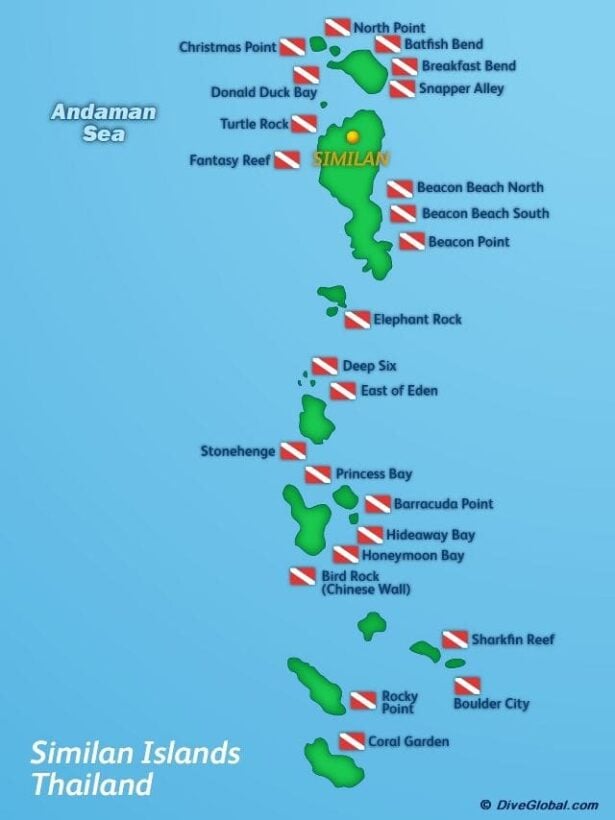
Sustainable Tourism and Nature’s Seasonal Rest
The long-term benefits of these seasonal closures are becoming increasingly evident, and they extend beyond ecology. By proactively protecting the environment, Thailand is also safeguarding the very foundation of its tourism industry for generations to come. The reopening of the Similan and Surin Islands each October now comes with new regulations aimed at keeping things sustainable. For instance, a mandatory e-ticket system has been introduced for park entry, ensuring that daily visitor numbers are tightly monitored and capped.
Tour operators must register every guest, and any attempt to flout the limits (for example, by bringing extra unreported tourists) results in stiff fines and potential bans. These measures, unthinkable years ago, are now welcomed as common-sense rules to prevent overcrowding and reef damage. It’s a sign that both officials and travelers are embracing a new normal: one where experiencing Thai nature comes with an obligation to protect it.
Zooming out, Thailand’s strategy of “nature’s seasonal rest” could serve as a blueprint for sustainable tourism globally. By closing Maya Bay, the famous beach from The Beach movie, for several years, Thailand demonstrated the payoff of letting an ecosystem reset. Remarkably, blacktip reef sharks returned to Maya Bay after being absent for a long time, turning the bay into a nursery for about 60 young sharks where there had been zero before the closure. Coral reefs there, which were mostly dead (only 8% alive), have started to regenerate – live coral cover had increased to around 20–30% by 2023.
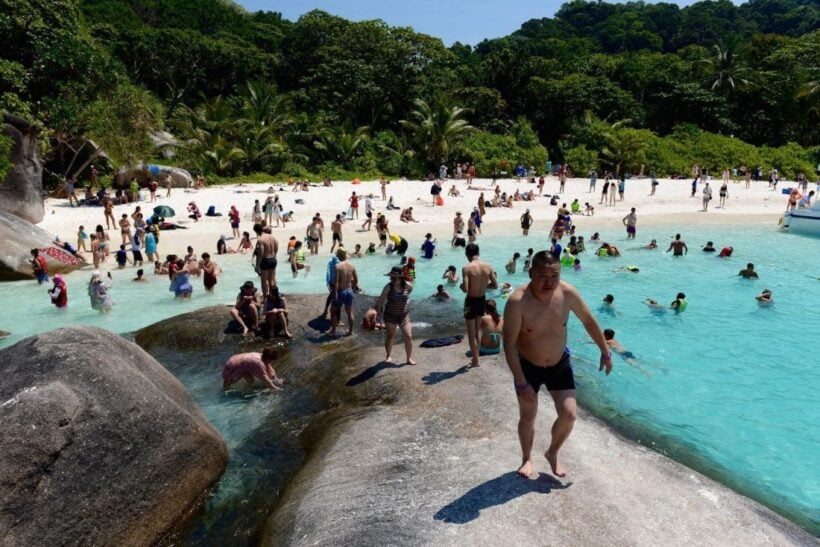
Similar success stories are being written in the Similan and Surin Islands. During the months without tourists, nature rebuilds resilience. When the parks reopen, visitors often find the corals looking healthier and marine life more abundant than the previous year. Dive guides report sightings of more juvenile fish and recovering coral colonies in sites that were stressed before. By alternating between open and closed seasons, the environment gets a regular “breathing spell” to catch up on growth and repair.
Latest Thailand News
Follow The Thaiger on Google News:
